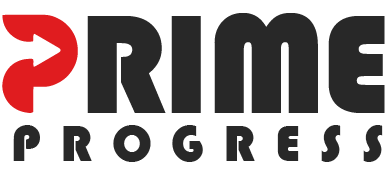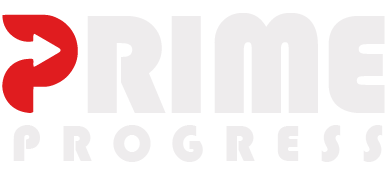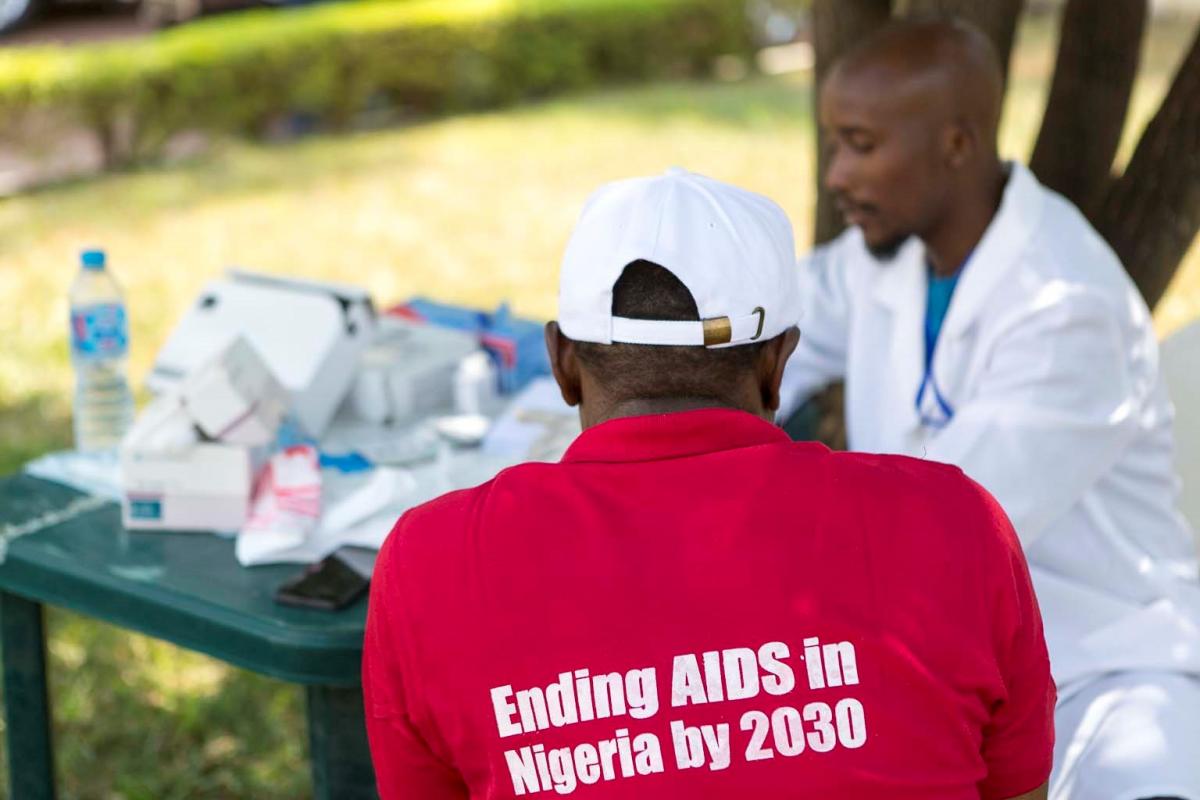Despite the decades of intervention on HIV/AIDS in Nigeria, funding gaps and poor access to testing still leave millions vulnerable to the disease.
In Oyo State, where communities range from urban Ibadan to rural villages, closing those gaps requires more than medical intervention; it demands sustained investment and community engagement.
The Oyo State government recently allocated ₦45 million to enhance HIV/AIDS prevention and care activities across the state.
The fund, together with the recent approval of HIV test kits, will enable the state AIDS-controlling agency to expand outreach activities, encourage early diagnosis, educate more citizens about their status and provide them with treatment.
Addressing old challenges with new momentum
For years, one of the major challenges in HIV response has been low testing rates.
Nigeria continues to bear one of the world’s largest HIV burdens—about 1.9 million people are living with the virus in the country.
According to the National Agency for the Control of AIDS, or NACA, only about 10% of individuals with HIV are aware of their status even though the services are provided free of cost across the country.
This “silent gap” means thousands of new infections go undetected every year, especially in rural areas where stigma and misinformation still thrive.
By funding test kits and sensitisation campaigns, the strategy is to decentralise HIV testing, taking it closer to communities, schools, and markets rather than relying on hospitals alone.
The health authorities report that this approach is critical to achieving the global UNAIDS 95-95-95 target, which sets ambitious goals that by 2025, 95% of people living with HIV should know their status, 95% of those diagnosed should be on treatment, and 95% of those on treatment should achieve viral suppression, all key steps toward ending AIDS as a public health threat.
Community-driven solutions
One pillar of the national response is community mobilisation. Instead of relying solely on clinics, Oyo is building peer learning, sensitisation of the communities, and collaboration with local leaders to reduce stigma and encourage HIV conversation.
This is due to the fact that stigma remains one of Nigeria’s greatest barriers to HIV prevention and treatment.
A 2025 NACA report revealed that 22% of Nigerians living with HIV have experienced discrimination in everyday settings—an obstacle that discourages many from seeking testing or treatment.
Through the use of community ambassadors trained to spread the right message, the government wants to take away the stigma from conversations about HIV and bring larger numbers into care.
Progress, however, remains visible globally; the number of new HIV infections declined from 2.2 million in 2010 to around 1.3 million in 2024, marking a 40% global reduction—including a steeper 56% drop in sub-Saharan Africa
Why it matters
This fresh allocation of ₦45 million may seem modest compared to the substantial national investment needed to control HIV/AIDS, but its strength is in timing and focus.
With Nigerians faced with increasing healthcare costs, financial burden, and other competing public health demands, well-targeted investments such as this keep HIV on the agenda.
With the right implementation, this money can turn into increased availability of free testing among urban and rural residents, early treatment initiation to save lives, reduced stigma through community-based education, and increased inclusion of HIV prevention in schools, workplaces, and governance systems.






